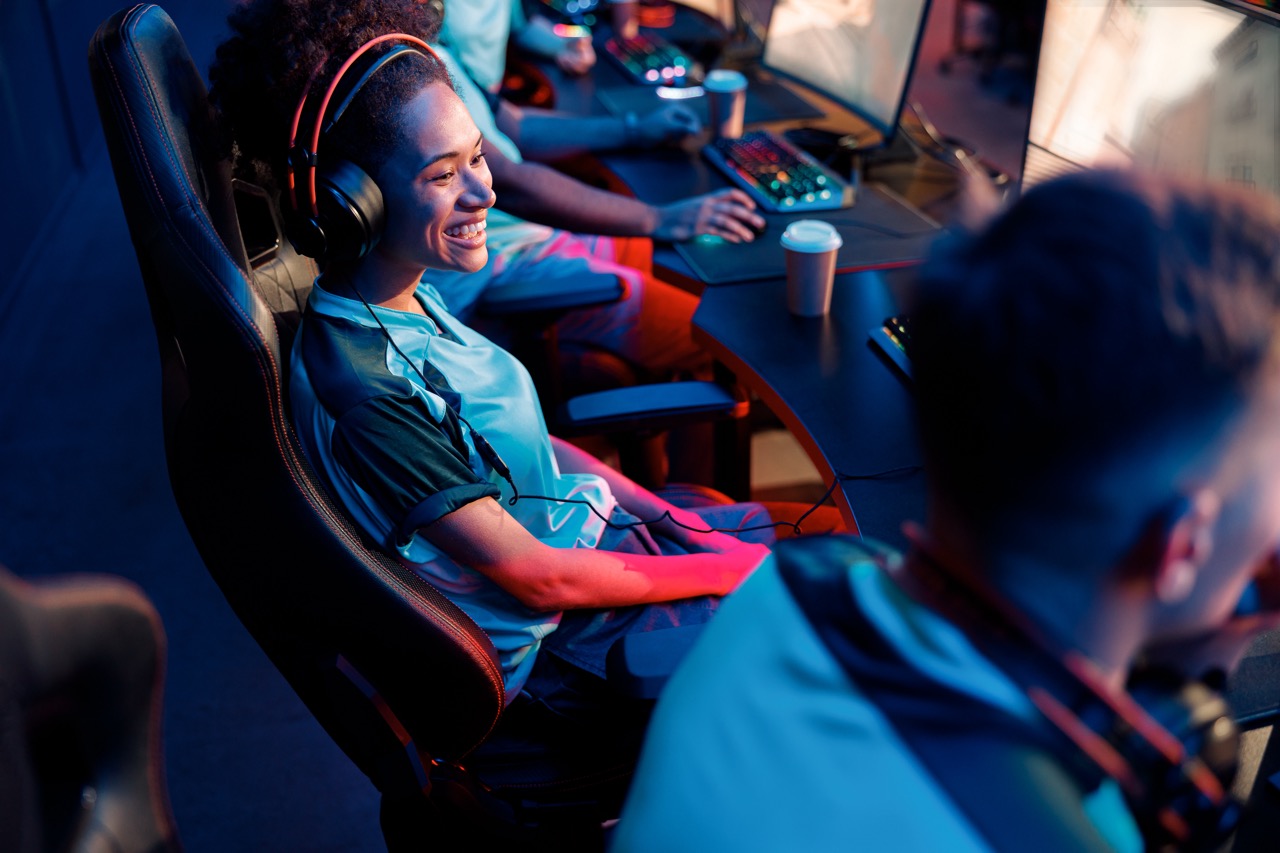AAA games represent the pinnacle of video game development, combining high production values, intricate gameplay, and immersive storytelling. However, the journey to creating these blockbuster titles is anything but straightforward. In this article, we’ll delve into the costs associated with developing AAA games, exploring everything from artistic design to marketing strategies. Understanding these financial intricacies can help both aspiring developers and gamers appreciate the monumental effort that goes into creating their favorite titles.
What Are AAA Games and Why Do They Matter?
AAA games, often referred to as "Triple-A" titles, are characterized by their high budgets, extensive marketing campaigns, and large teams of developers. They typically involve large-scale projects developed by established studios, and they often aim to push the boundaries of technology and storytelling in the gaming industry. Titles like "The Last of Us," "Call of Duty," and "Cyberpunk 2077" exemplify the quality and ambition associated with AAA games.
These games matter not just for their entertainment value but also for their cultural impact. AAA titles often set trends in the gaming world, influencing smaller developers and shaping the industry as a whole. They can lead to advancements in gaming technology, art styles, and narrative techniques, ultimately enriching the gaming landscape. Additionally, AAA games have the potential to reach millions globally, making them significant players in the broader entertainment industry.
The financial stakes involved in AAA development also bring attention to the business side of gaming. The revenue generated from a successful AAA title can surpass that of blockbuster films, leading to a rush for studios to produce the next major hit. This financial model creates a competitive environment where studios constantly innovate to capture and retain player interest, leading to an ever-evolving market.
Moreover, the impact of AAA games extends beyond just financial metrics. They often foster communities, drive social interactions, and even influence cultural narratives. Their importance cannot be overstated, making it essential to understand the costs involved in their creation.
The Major Expenses Involved in Game Development
Developing an AAA game is akin to producing a major film, with costs that can easily soar into the tens or even hundreds of millions of dollars. The major expenses typically fall into several categories: personnel, technology, marketing, and distribution. Among these, personnel costs, including salaries for artists, programmers, designers, and writers, can consume a significant portion of the budget. A large development team is necessary to meet the ambitious scope of AAA titles, and salaries often reflect the expertise required.
Technology costs also play a crucial role in AAA development budgets. Licensing game engines like Unreal Engine or proprietary development tools can be quite expensive. Additionally, studios often invest heavily in hardware and software to create and test their games, sometimes requiring advanced technology to support breathtaking graphics and intricate gameplay mechanics. As technology evolves, these costs can continue to rise, placing additional financial pressure on studios.
In addition to personnel and technology, production costs for voice acting, motion capture, and high-quality sound design cannot be overlooked. AAA games frequently employ top-tier talent, leading to high fees for vocal performances and motion-capture sessions that create lifelike animations. These elements contribute to the immersive experience that players expect from AAA titles, further driving up costs.
Finally, distribution and platform fees—such as those incurred from selling games on platforms like Steam or console stores—add another layer of expense. Studios must balance these costs against expected revenue, making meticulous budget planning essential for the successful launch of a game.
Breaking Down the Budget: Costs of Art and Design
Art and design play a pivotal role in defining the quality of AAA games. The visual elements—character design, environment art, and animations—are often the first aspects that capture players’ attention. Game studios allocate a significant portion of their budget to hiring experienced artists and animators, as high-quality visuals can make or break a game’s reception.
Creating detailed environments and lifelike characters requires extensive resources, from concept art to final in-game assets. This process often involves multiple iterations and collaborations between artists and designers to ensure that the visuals align with the game’s narrative and gameplay mechanics. Each art asset must be meticulously crafted, and the labor-intensive nature of this work can lead to substantial costs.
Moreover, art direction in AAA games often requires a cohesive vision that incorporates various styles and thematic elements. This necessitates hiring art directors who can oversee the artistic integrity of the project and guide the team throughout the development process. The creative leadership involved in art and design not only drives the visual quality but also contributes to the unique identity of a game.
Additionally, post-launch support often includes updates and downloadable content (DLC) that require ongoing art and design investments. Maintaining a game’s visual appeal over time can lead to continued costs, but it’s often essential for keeping players engaged and invested in the game world.
The Role of Technology in AAA Game Development Costs
Technology is at the heart of AAA game development, and its implications for costs are vast. The development of cutting-edge graphics and immersive gameplay experiences often requires the latest hardware and software advancements. Studios must invest heavily in high-performance computers and specialized equipment for tasks like rendering and physics simulations, which can be extremely costly.
Using advanced game engines is essential for creating visually stunning environments and smooth gameplay mechanics. Popular engines like Unreal Engine or Unity come with their own licensing fees, which can be a significant budgetary consideration. Additional costs may arise from hiring specialized staff who are well-versed in these technologies, as the demand for experienced developers continues to rise.
Furthermore, the integration of emerging technologies, such as virtual reality (VR) and augmented reality (AR), presents new challenges and costs. These technologies require not only additional development time but also bespoke tools and hardware to create an engaging player experience. As studios explore these frontiers, the associated costs can quickly escalate, leading to a reevaluation of budgets and timelines.
The importance of technology in AAA game development also extends to ongoing support and updates. As gaming platforms evolve and new technologies emerge, studios must adapt their games to meet changing player expectations, which can require additional investments in technology and personnel. It’s a cycle that perpetuates rising costs, making technological considerations a cornerstone of AAA game budgeting.
Marketing Strategies and Their Impact on Game Budgets
Marketing is a vital component of AAA game development, often rivaling production costs in significance. To launch a successful title, studios invest heavily in promoting their games across multiple platforms, including social media, television, and gaming conventions. Creating buzz and anticipation for a new release is crucial, especially in a crowded market where countless titles compete for the attention of players.
The strategies employed in marketing can be diverse, ranging from influencer partnerships to elaborate trailers that showcase the game’s features. High-profile advertising campaigns can run into millions of dollars, and studios often allocate a substantial chunk of their budget to ensure their game stands out. The expenses associated with producing high-quality promotional materials, such as trailers and promotional art, also add to the overall marketing budget.
In addition to traditional marketing strategies, digital marketing plays an increasingly important role in promoting AAA games. Social media campaigns and targeted online advertisements can be effective ways to reach potential players. However, these methodologies still require significant investments in content creation and analytics to measure their effectiveness, contributing to the overall marketing expenditure.
Ultimately, the impact of marketing strategies on game budgets cannot be underestimated. A well-executed marketing campaign can lead to a successful launch and strong sales, justifying the high costs involved. However, if the marketing fails to generate interest, studios may find themselves in a difficult financial position, highlighting the risk involved in these substantial investments.
Developing an AAA game is a costly, complex endeavor that combines artistry, technology, and strategic marketing. From the hefty expenses associated with personnel and technology to the significant investments in art and design, the financial landscape of AAA game development is both intricate and demanding. While the pressures of high budgets can be daunting, the potential for success and cultural impact makes it a worthwhile pursuit for many studios. In the end, the financial gamble is all about striking the right balance between quality, innovation, and marketability to create a gaming experience that resonates with players and stands the test of time.










